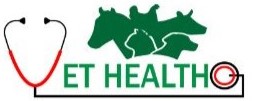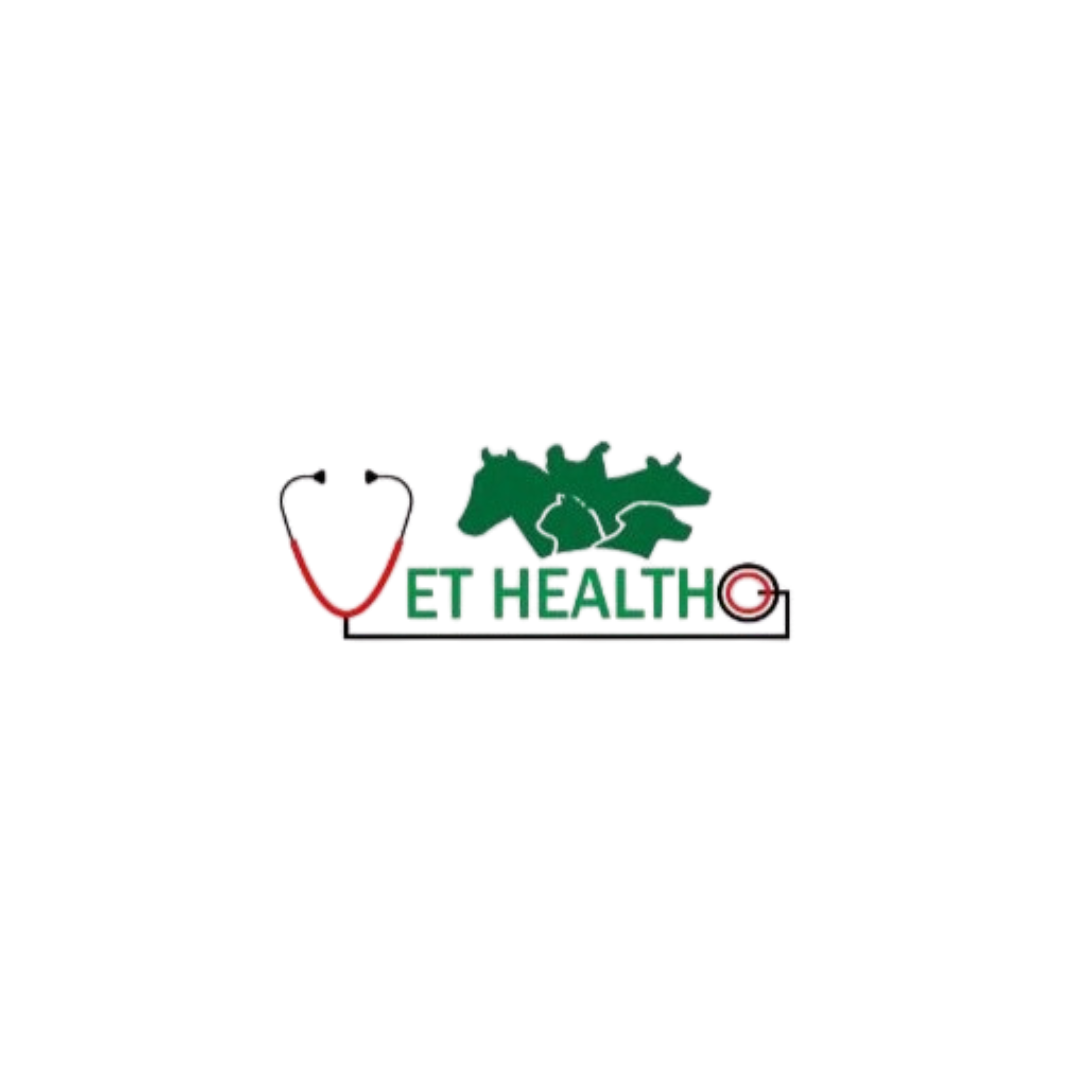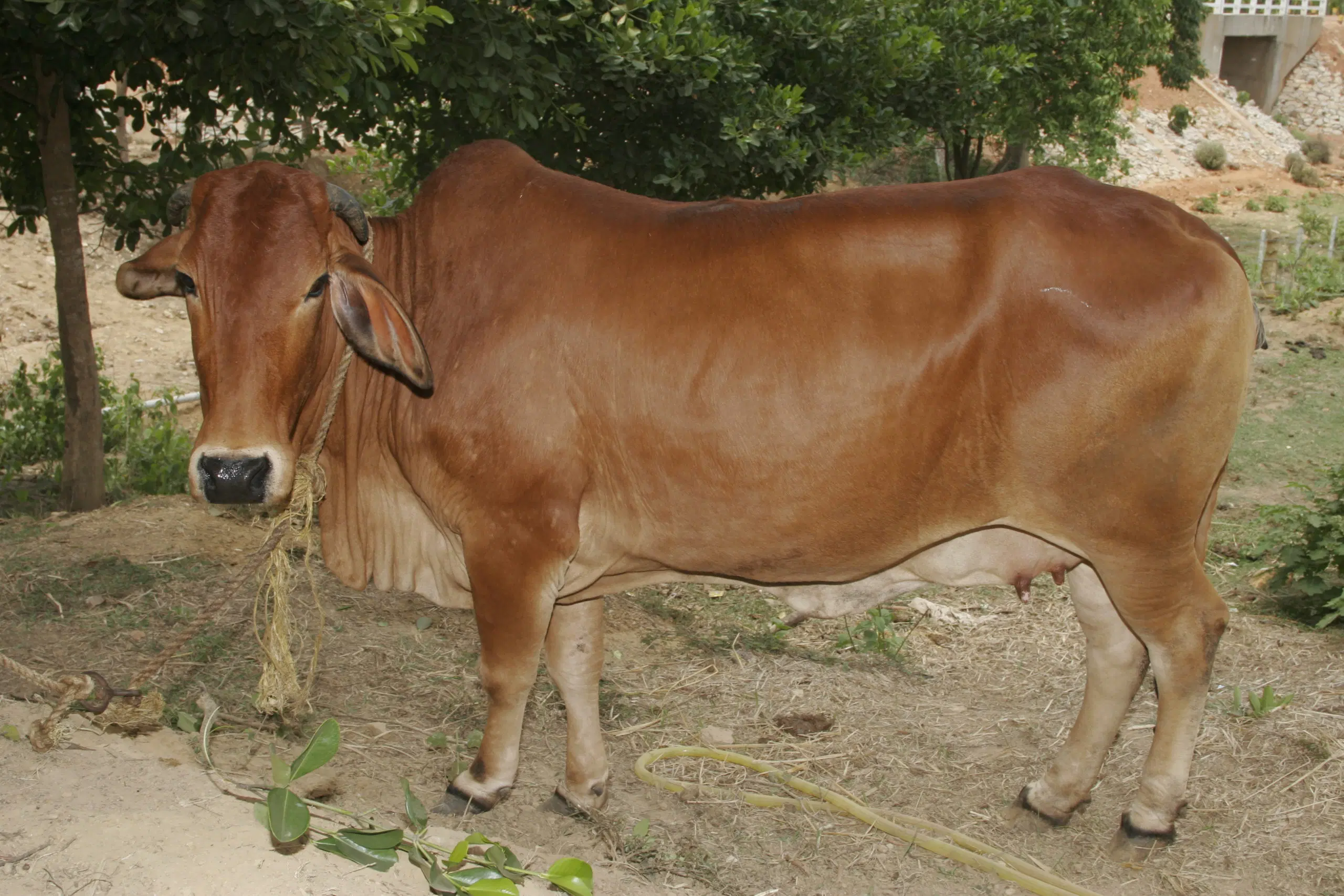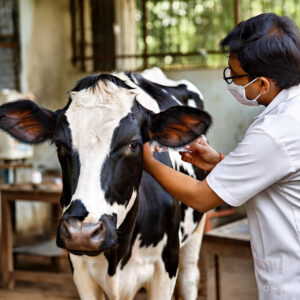Introduction
Proper nutrition during pregnancy is crucial for the health of cows and their unborn calves. A balanced and strategic feeding approach can significantly reduce complications during calving and support higher milk production after birth. This guide explains how to feed pregnant cows across different stages of gestation for optimal results.
🐄 1. Understand Nutritional Needs by Trimester
Pregnancy in cows lasts around 280 days and is divided into three trimesters. Nutritional needs change in each phase:
“1. How to Feed Pregnant Cows in Each Trimester”
First Trimester (Days 1–90):
- The embryo is developing but is still small.
- Maintain the cow’s body condition score (BCS) at around 3 to 3.5 (on a 5-point scale).
- Provide good-quality roughage like dry fodder and hay along with limited concentrate.
- Avoid overfeeding to prevent excessive weight gain.
Second Trimester (Days 91–180):
- This is the best time to improve body condition if the cow is too thin.
- Increase energy intake slightly using grain-based concentrates.
- Provide mineral mixture and salt lick to support bone development in the fetus.
- Continue feeding green fodder or silage along with dry fodder.
Third Trimester (Days 181–280):
- The calf grows rapidly during this period, increasing the cow’s nutritional demand.
- Feed high-quality leguminous fodder, mineral supplements, and additional concentrates.
- Include calcium, phosphorus, and vitamin A, D & E supplements.
- Offer small, frequent meals to avoid digestive problems.
- Provide clean water throughout the day.
🥣 2. What to Include in the Daily Diet
Here’s a sample balanced diet for a pregnant cow:
- Dry Fodder (3–5 kg): Wheat straw or paddy straw.
- Green Fodder (10–15 kg): Berseem, maize, or jowar.
- Concentrates (2–3 kg): Grain mix with oil cakes.
- Mineral Mixture (50–100g/day): Should contain calcium, phosphorus, trace minerals.
- Salt Lick: Place it in the shed for free access.
- Clean Water: At least 50–60 liters per day.
⚠️ 3. Feeding Do’s and Don’ts for Pregnant Cows
Do’s:
✅ Provide fresh feed and clean water regularly.
✅ Include dry, green fodder and concentrate in a proper ratio.
✅ Maintain hygiene in feeding troughs.
✅ Offer special pre-calving mineral mixtures in the last month.
Don’ts:
❌ Avoid feeding moldy or spoiled fodder.
❌ Don’t let the cow become obese—it increases calving complications.
❌ Avoid sudden dietary changes.
🐮 4. Feeding Before and After Calving
Pre-Calving:
- Reduce concentrate feed 3–4 days before expected calving.
- Switch to easily digestible fodder like green grass and bran.
Post-Calving:
- Resume concentrate feeding slowly.
- Include galactagogues like methi (fenugreek), ajwain, and jaggery to enhance milk production.
✅ Conclusion
Feeding pregnant cows correctly ensures better health, safe delivery, and high milk yield. A planned diet not only benefits the mother cow but also supports the healthy development of the calf. Consult a local veterinarian or livestock nutritionist to customize a feeding schedule suitable for your farm.
With this complete guide on how to feed pregnant cows, you can ensure a safe delivery and improved lactation performance.




